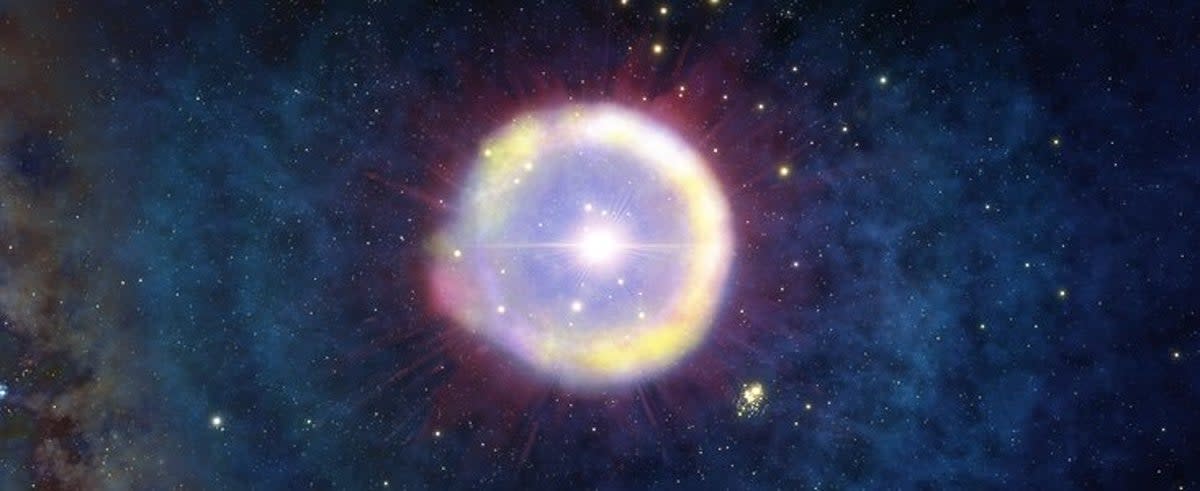Scientists finally discover one of the universe’s oldest stars

Astronomers have discovered the remains of one of the first stars ever created in the universe.
Formed only 100 million years after the birth of the universe, these first stars were so massive that when reached supernovae at the end of their lives their heavy elements were blasted across the universe as the building blocks of planets.
Scientists call these stars Population III, known for being extremely hot with no metallic content; Population I stars are metal-rich and far younger, such as our Sun; Population II stars have low metal content with few elements heavier than helium comprising it. There has been no direct evidence for Population III starts until now.
Using the 8.1-meter Gemini North telescope on Hawai‘I, researchers from NOIRLab found a ratio of elements that could have only come from an early star, one 300 times the size of our Sun.
The material contained over 10 times more iron than magnesium, compared to the ratio of these elements found in our Sun – an extremely high ratio. It is believed that this is because this star’s death was a pair-instability supernova, which is when photons in the center of a star spontaneously turn into electrons and positrons – which reduces the radiation pressure inside the star and it collapses.
Unlike other supernovae, these do not form neutron stars or black holes as others do and instead send all the material into the universe. As such, the only way to spot them is by catching the explosion itself or analysing the leftover chemical remnants.
“It was obvious to me that the supernova candidate for this would be a pair-instability supernova of a Population III star, in which the entire star explodes without leaving any remnant behind,” said Yuzuru Yoshii of the Universityof Tokyo.
“I was delighted and somewhat surprised to find that a pair-instability supernova of a star with a mass about 300 times that of the Sun provides a ratio of magnesium to iron that agrees with the low value we derived for the quasar.”
This discovery helps astronomers know more about the origins of the universe, by helping them spot other, even older stars.
“We now know what to look for; we have a pathway,” said Timothy Beers, an astronomer at the University of Notre Dame. “If this happened locally in the very early Universe, which it should have done, then we would expect to find evidence for it.”
The research appears in the Astrophysical Journal.

 Yahoo News
Yahoo News 
